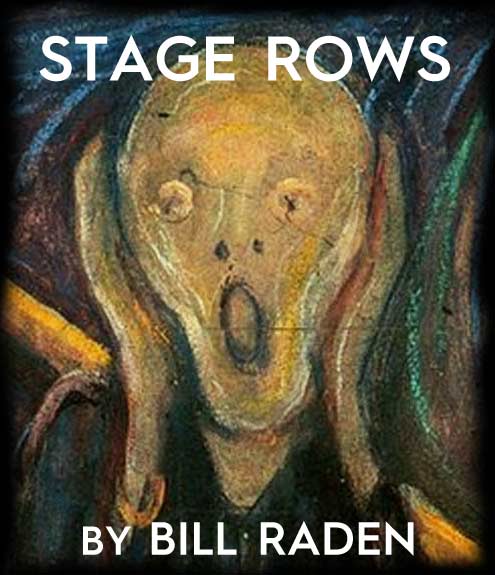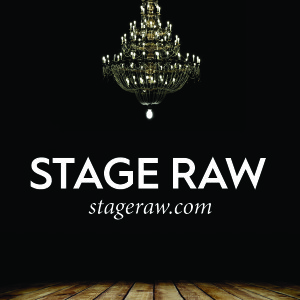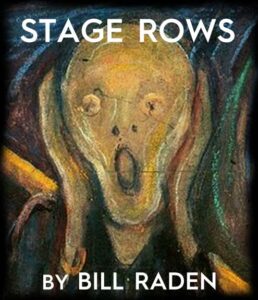Why the Fringe?
According to something called the United States Association of Fringe Festivals, there are 24 such gatherings currently being hosted by U.S. cities stretching from New York State to Hawaii. New York City alone boasts two — FringeNYC and its wintry counterpart, FRIGID New York.
California claims four — San Francisco Fringe Festival, Santa Cruz Fringe Festival, San Diego International Fringe Festival and, of course, the Hollywood Fringe, which this week wraps up its mind-boggling annual avalanche of small-stage fare.
With 290 shows in three weeks, the Hollywood Fringe beggars the imagination along with the collective coverage capacity of L.A.’s critics’ corps. It becomes a heroic feat of endurance to see even a representative fraction and is literally impossible to take in everything. Nor would one want to. The Hollywood Fringe is un-curated. Which means that for every kernel of wheat, there’s going to be a bushel of chaff.
All fringe festivals take their name from the ad hoc collection of shows that crashed the first Edinburgh International Festival by setting up shop along the “fringes” of the officially invited international performing arts companies. To this day, the small-stage movement in London — the British equivalent of New York’s Off-Off Broadway scene — goes by the name of “fringe theatre.”
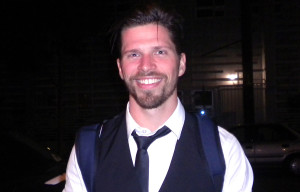
In that sense, Los Angeles really already has a year-round fringe in a 99-seat theater scene that comprises fecund and artistically daring eddies outside the official mainstream of the city’s big-money regionals and presenting theaters.
And that begs the question: Why would any performer or company in their right minds enter the Hollywood Fringe fray, where the biggest challenge can be simply getting noticed?
To find out, Stage Raw reviewers conducted an informal survey of show-makers and audience members. Not surprisingly, what we found varied to some degree depending on whom we asked.
Director-producer Yukari Black, for example, had never even heard of the Hollywood Fringe. Actor availability meant that her only window of opportunity to stage Tokyo playwright Yukiko Motoya’s Vengeance Can Wait was during June and she happened by sheer chance to book the Underground Theater, an official Fringe venue.
Mostly though, the common denominator that emerged was an appreciation of the Fringe community and its motivated audiences and opportunity. One apparently does the Fringe first and foremost because one can do the Fringe.
Producer Caitlin Hart, whose company The Vagrancy hit Fringe pay dirt last year with Tommy Smith’s WHITE HOT, asserts that the Fringe is “a financially reasonable way to produce a play and still maintain aesthetic.” This year The Vagrancy rolled the dice with Maria Irene Fornes’ The Conduct of Life, because, Hart says, “aside from hitting all the Fringe qualifications — 60 minutes or less, low budget, etc. — the play begs universal questions that are relevant today.”
Carly Weckstein, founder and artistic director of critically acclaimed Illyrian Players — no stranger to theater row — says she decided to make her Fringe debut with John Tyler McClain’s Odessa “to connect more with the LA theater community and present Illyrian Players to that scene.”
For Odessa’s young costume designer, Alana Cheuvront, the rationale was more personal. “When actors, directors, and designers first come to LA, this is where they start their theater careers,” she says excitedly. “There’s no real financial backing. It’s just support from the community, and that’s what LA theater needs.”
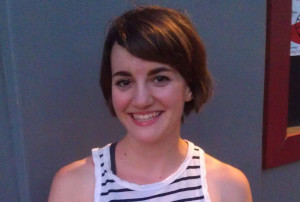
“It’s such a community here,” agrees writer-producer Kari Lee. “It’s like a larger number of people seem to be really focused on interesting, original theater.” Reason enough, Lee adds, to premiere The Seven Seductions of Taylor Swift, the group-written celebrity satire performed by Illyrian star Thaddeus Shafer. For Lee, the Hollywood Fringe also represents something of an out-of-town tryout — she, Shafer and director Amin El Gamal are using Fringe audiences as lab rats in order to work out the kinks before taking Seven Seductions to FringeNYC in August.
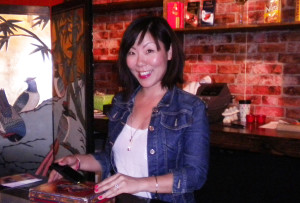
Producer-performer Brandon Clark sees the Fringe as an ideal means of developing audiences and brand awareness for his satirical, Sacred Fools-birthed bad movie script serial, Magnum Opus Theater. Magnum Opus played at the first Hollywood Fringe, and this time around, Clark says he is trying to widen that exposure: “As opposed to just doing it on our own and slowly expanding it, [I’m] hoping to sort of jump it into a larger pool of people already eager to see shows in a confined time period.”
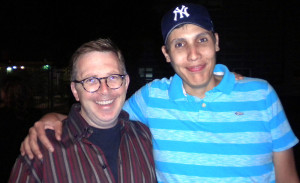
Perhaps the best reason for going fringe, however, is summed up by writer-performer and Hollywood Fringe veteran Ben Moroski — because “L.A. theater is a tough racket. Theater anywhere is. You know, I produced enough in Sacramento as well when I was still living up there to know. It’s just tough to get an audience in a lot of the time.”
Moroski represents something of a Hollywood Fringe success story. He debuted his autobiographical play This Vicious Minute at the 2012 festival, which he says did respectably, and this year returned with The Wake, his one-man black comedy about romantic disillusionment that is topping everybody’s lists for 2014 Best of Fest.
“I think of it as an incubator,” Moroski says of the festival. “It gives you a little more leeway to try things and to do bold stuff and stuff that you want to do. Because there are deals on space rental. And there’s a built-in audience — yes, you have to go get it, and yes, your product has to be good — but there’s a built-in audience that will come see your show that’s not there [otherwise]. … and there’s a lot of weird and wonderful things going on, so I wanted to be part of it again.”
(With reporting contributed by Jenny Lower and Mayank Keshaviah)
